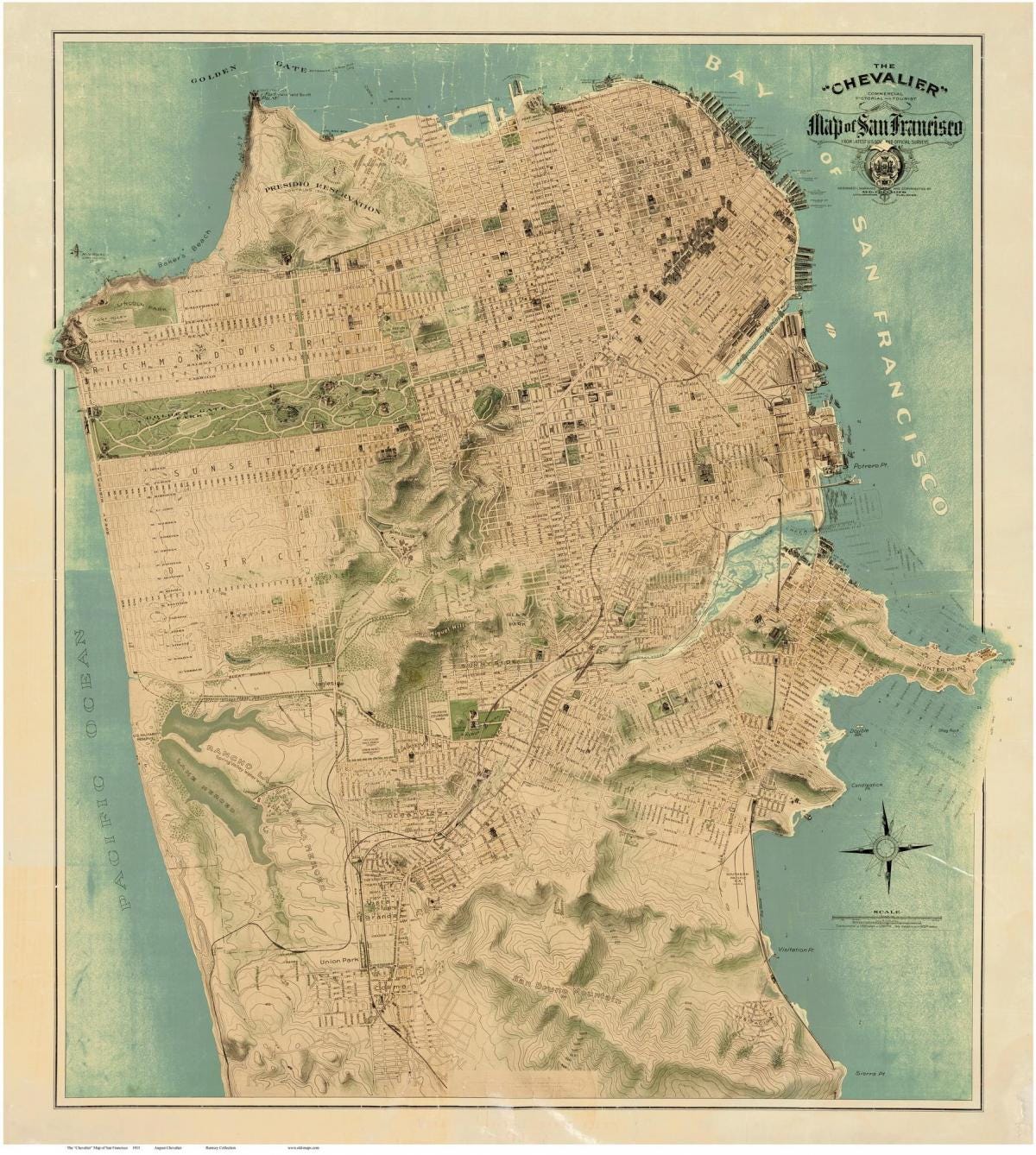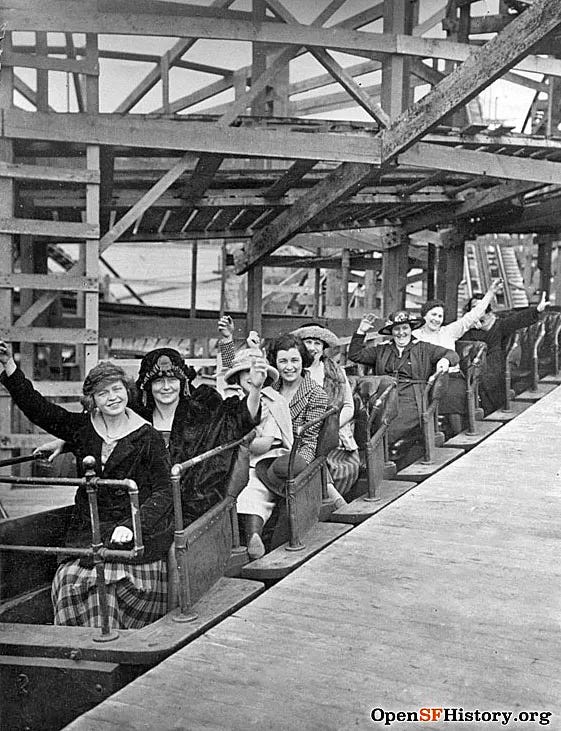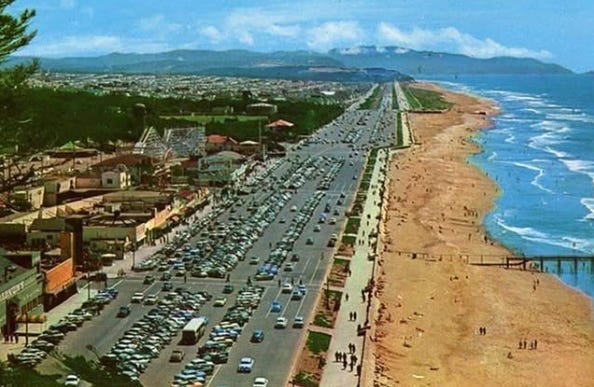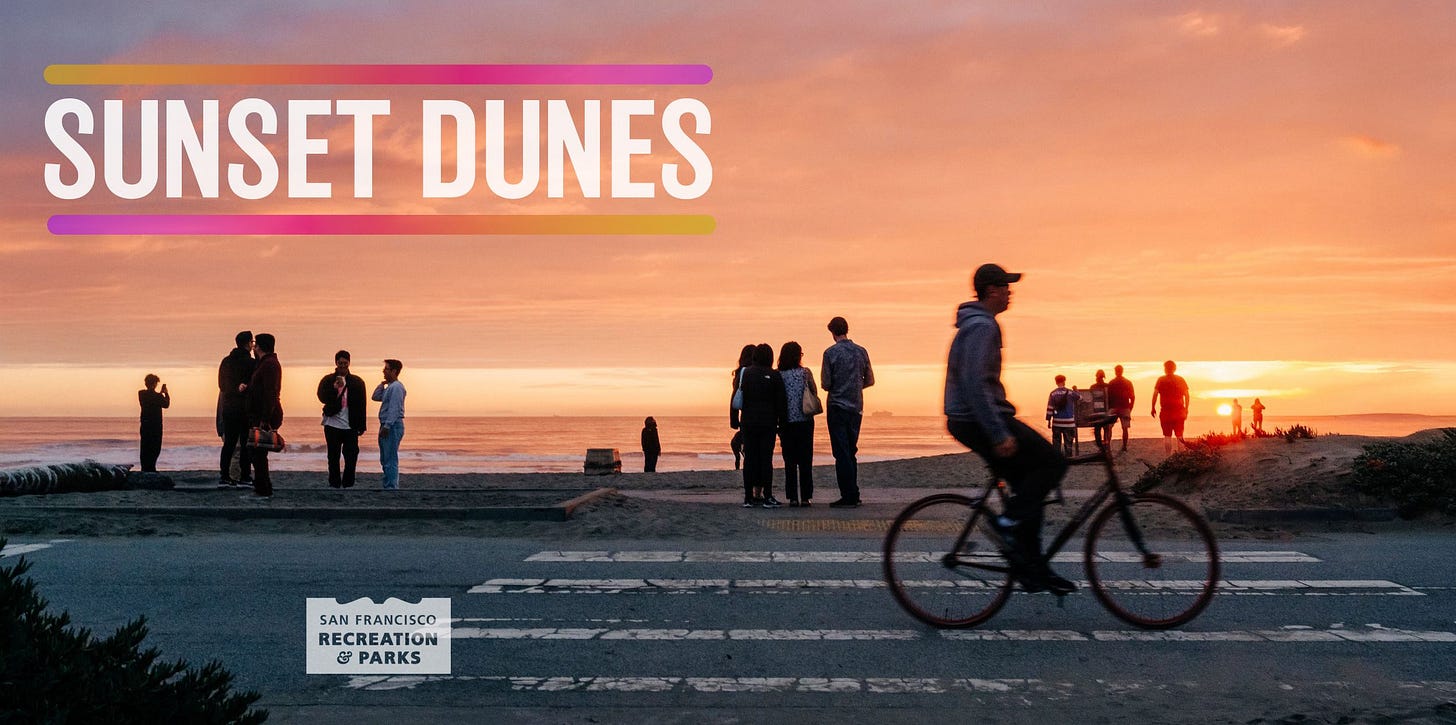Like Sands Through the Hourglass: The History & Future of Ocean Beach
A.K.A. The Highway formally known as Great. May she rest in peace.
Ocean Beach and the Great Highway have always been San Francisco’s wild child—unruly, windswept, and constantly under construction. What started as a bunch of sand dunes and sea spray has turned into a scenic, occasionally flooded roadway flanked by joggers, surfers, and very confused tourists. Over the centuries, this stretch has been home to amusement parks, military bunkers, and some truly questionable urban planning decisions. Dive into the history of this coastal chaos and you’ll find a story that’s as unpredictable as the weather out there—and just as foggy.
1. Before Humans (Prehistoric Era – before 10,000 BCE)
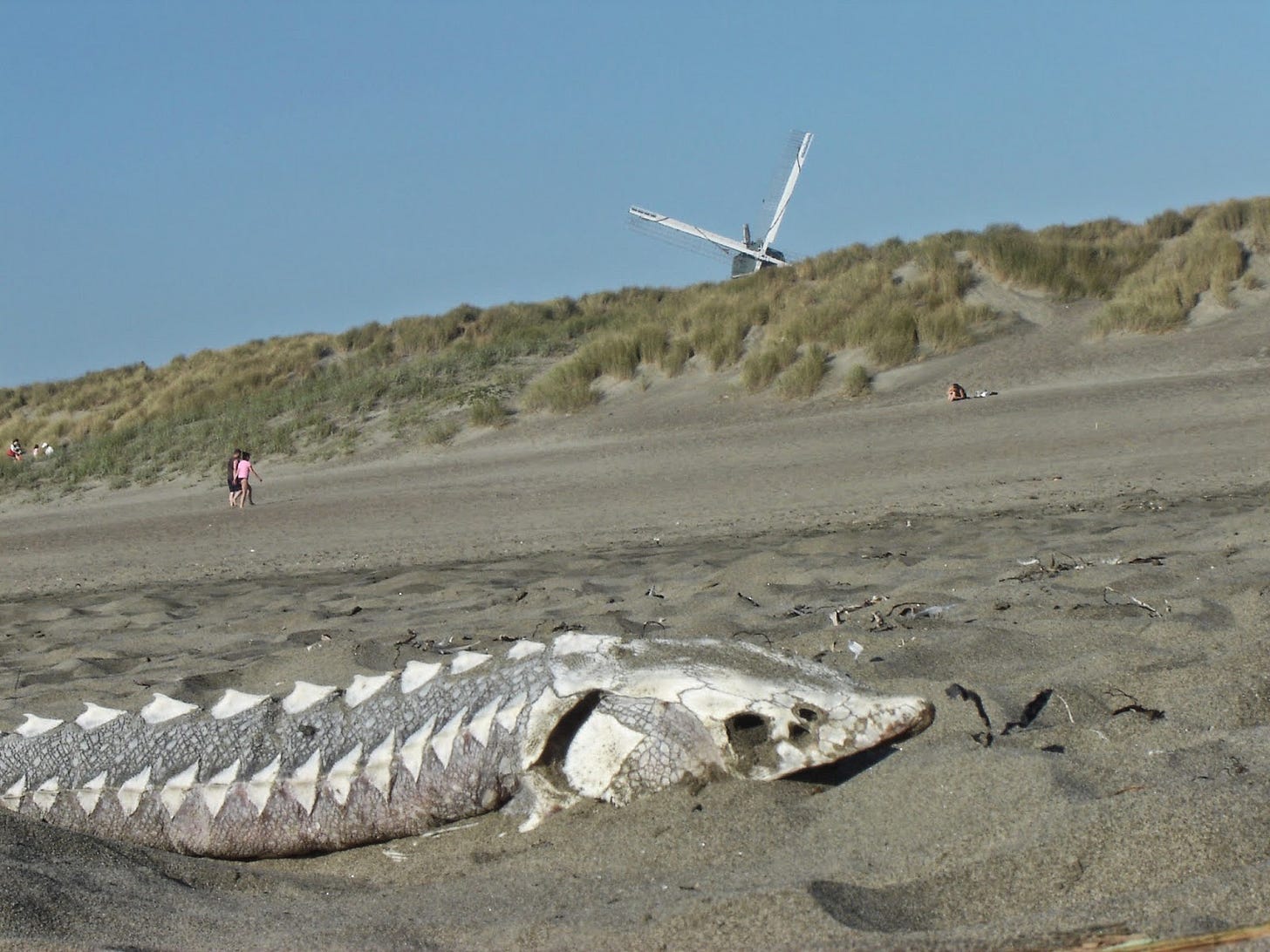
Long before human presence, the area now known as Ocean Beach was shaped by natural forces over millions of years. Tectonic activity, ocean currents, and wind patterns sculpted the coastline, creating vast sand dunes and a dynamic shoreline. These geological processes established the foundation for the diverse ecosystems that would later flourish in the region.
2. Native American Villages (approx. 10,000 BCE – Late 1700s CE)
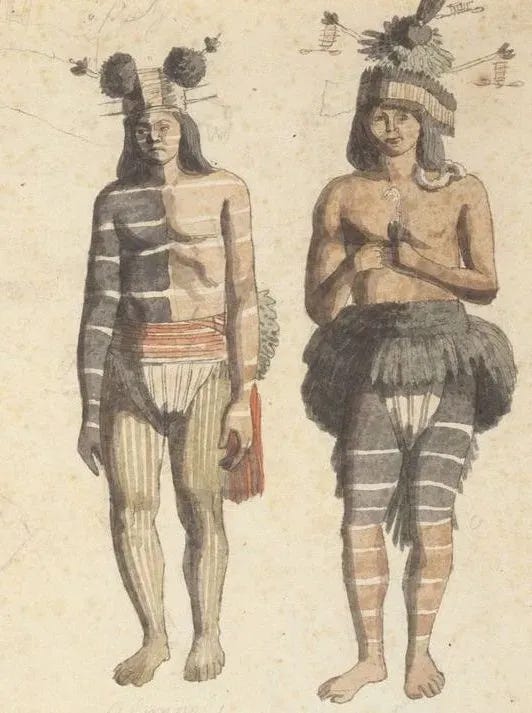
For thousands of years, the Ohlone people, specifically the Yelamu group, inhabited the San Francisco Peninsula, including the Ocean Beach area. They established seasonal villages and utilized the rich coastal resources for fishing, hunting, and gathering. The Ohlone maintained a harmonious relationship with the environment, leaving minimal impact on the natural landscape.
3. European Exploration and Early Settlement (Late 1700s – Mid 1800s)
The late 18th century brought Spanish explorers to the region, leading to the establishment of missions and ranchos. Ocean Beach remained largely undeveloped due to its harsh weather conditions and remote location. The area was considered part of the "Outside Lands," a term used to describe the uninhabited western portions of San Francisco.
4. Gold Rush and Early Growth (1848–Late 1800s)
The California Gold Rush of 1848 spurred rapid population growth in San Francisco. As the city expanded westward, Ocean Beach began to attract visitors seeking leisure and recreation. In 1883, the Park and Ocean Railroad established a line that improved access to the beach, making it a popular destination for city dwellers.
5. Golden Gate Park Development (1870s–1900)
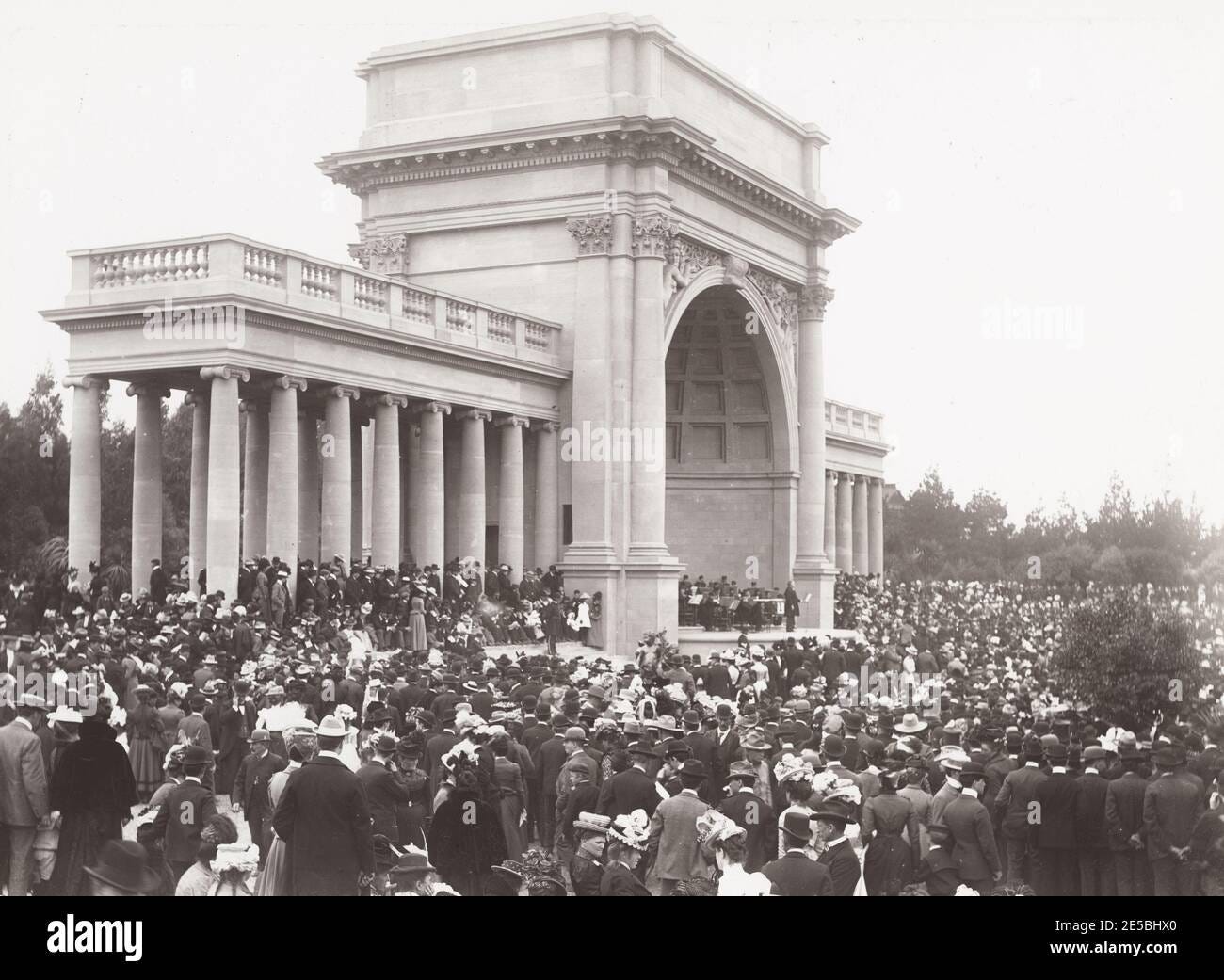
The creation of Golden Gate Park in the 1870s transformed the adjacent sand dunes into a lush urban oasis. The park's development increased interest in Ocean Beach as a recreational area. Paths and roads were constructed to connect the park directly to the shoreline, enhancing accessibility and encouraging public use of the beach.
6. Sutro Baths, Playland Parkway, and Early Recreation (Late 1800s–Mid 1900s)
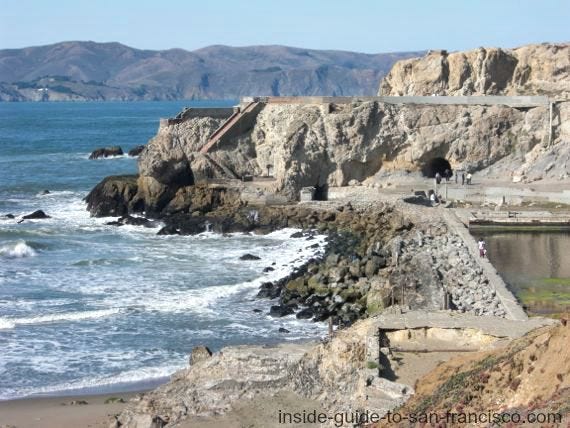
Ocean Beach evolved into a bustling recreational hub with the establishment of attractions like the Sutro Baths in 1896 and Playland amusement park in the early 20th century. The Great Highway, completed in 1929, facilitated scenic drives along the coast. These developments solidified Ocean Beach's reputation as a premier destination for entertainment and leisure.
7. World War II Era (1940s)
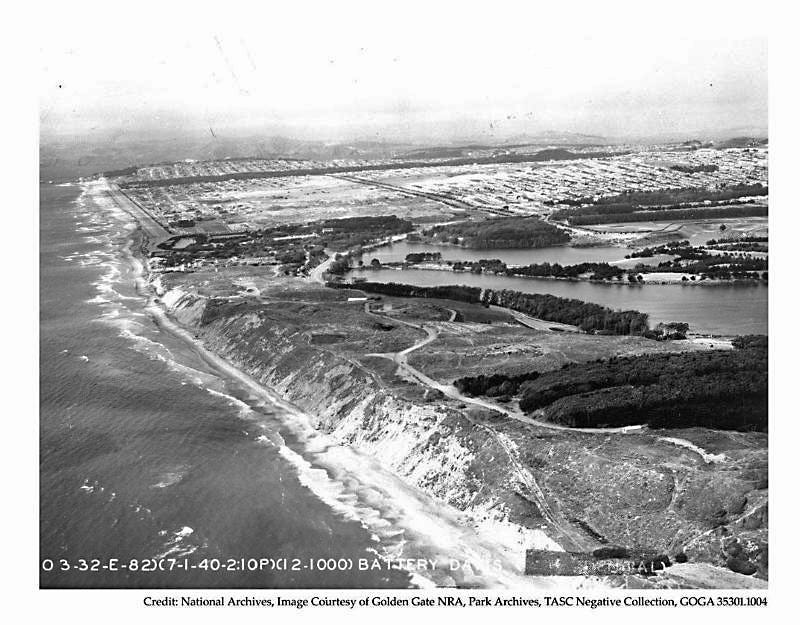
During World War II, the strategic importance of San Francisco's coastline led to the establishment of military installations near Ocean Beach, such as Fort Funston. These fortifications were part of the broader coastal defense system designed to protect against potential enemy attacks. The presence of the military temporarily altered the recreational use of the area.
8. Urban Development and Modern Infrastructure (1950s–1980s)
Post-war urban expansion brought significant changes to the Ocean Beach area. Residential neighborhoods grew, and the popularity of automobile travel led to the widening of the Great Highway. Infrastructure projects, including the construction of seawalls, were implemented to protect against coastal erosion and accommodate the increasing population.
9. Environmental Movements and Coastal Restoration (1980s–Present)
In the late 20th century, environmental awareness prompted efforts to restore and preserve Ocean Beach's natural ecosystems. Initiatives focused on dune stabilization, native vegetation planting, and addressing the impacts of coastal erosion. These projects aimed to balance human use with environmental conservation, ensuring the beach's sustainability for future generations.
10. Bye Bye Great Highway, The (2000–Present)
Today, Ocean Beach and the Great Highway serve as vital recreational spaces within San Francisco. In response to climate change and rising sea levels, the city has implemented adaptation projects, including the permanent closure of a two-mile stretch of the Great Highway to vehicular traffic in 2025. This section has been transformed into Sunset Dunes Park, enhancing pedestrian access and environmental resilience.
By 2100, Ocean Beach will almost certainly look different—how different depends on what choices we make now. The voter-approved decision to create Sunset Dunes Park is a bold shift, and arguably the right one. Rather than fight a losing battle against sea-level rise and erosion, the city is choosing to work with the landscape. In this best-case trajectory, Ocean Beach becomes a smaller but smarter ecosystem—redefined not by traffic lanes but by trails, native plants, and flexible design that welcomes both people and nature.
However, if climate action stalls or larger infrastructure decisions lag, Ocean Beach could still face major losses—washed-out roads and sidewalks, disappearing dunes, and a coastline propped up by sandbags and last-minute fixes. Sunset Dunes Park sets a precedent. It shows that retreat doesn’t have to mean failure—it can mean reimagining.



